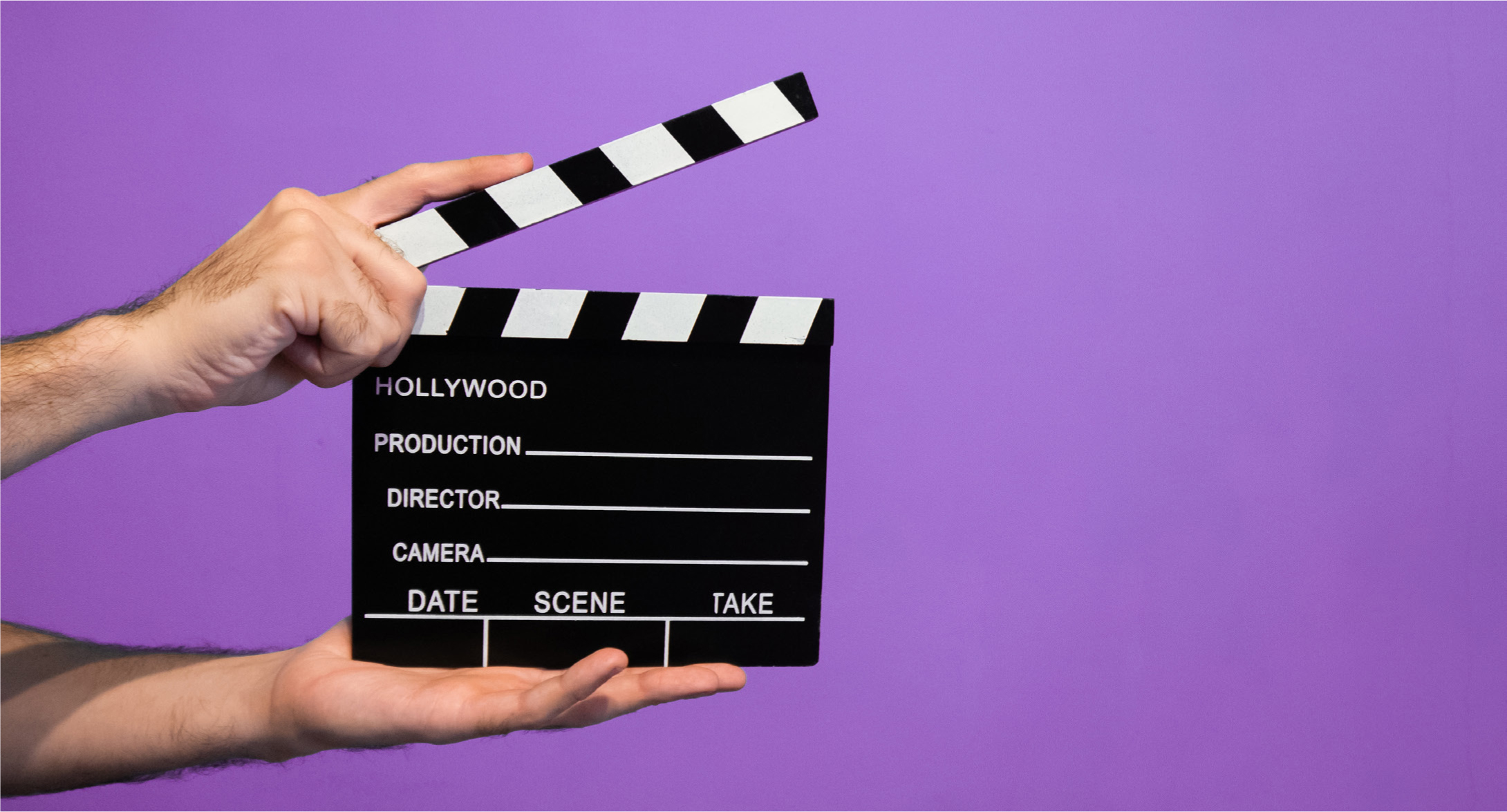References
How aesthetic practitioners can learn from a blockbuster director

Abstract
Film production has many commonalities between starting and running a business. In this article, Jason Ratcliffe discusses some of the techniques used by film director James Cameron to produce blockbuster hits that can be applied to our thinking when growing an aesthetic clinic's brand

 Make sure that you have experienced what it is like to execute each role and understand the terminology involved—you will be able to direct and support your team far more effectively.
Make sure that you have experienced what it is like to execute each role and understand the terminology involved—you will be able to direct and support your team far more effectively.
Film director James Cameron has a proven track record for producing iconic, record-breaking films, including Titanic, Avatar and the Terminator and Alien series. In addition to being major commercial successes, these films have been incredibly influential on popular culture, even to the extent that parts of their dialogue are immediately recognised worldwide.
James Cameron was born in 1959 in Ontario, Canada. He initially studied Physics at Fullerton College before switching to English and eventually dropping out. He was fascinated by science fiction in his younger years and was inspired to learn more about filmmaking after watching Star Wars. Cameron began driving a truck to support his fledgling screenwriting career and spent time studying books related to film production and visual effects in the local library. He created his first short movie, Xenogenesis, with a $20 000 budget, made up of contributions from a consortium of California dentists (Cameron, 2021).
Register now to continue reading
Thank you for visiting Journal of Aesthetic Nurses and reading some of our peer-reviewed resources for aesthetic nurses. To read more, please register today. You’ll enjoy the following great benefits:
What's included
-
Limited access to clinical or professional articles
-
New content and clinical newsletter updates each month


